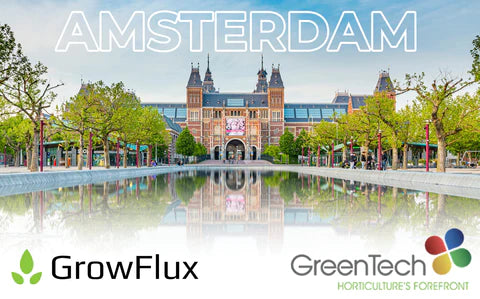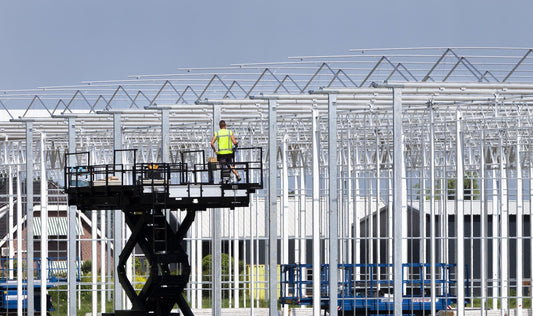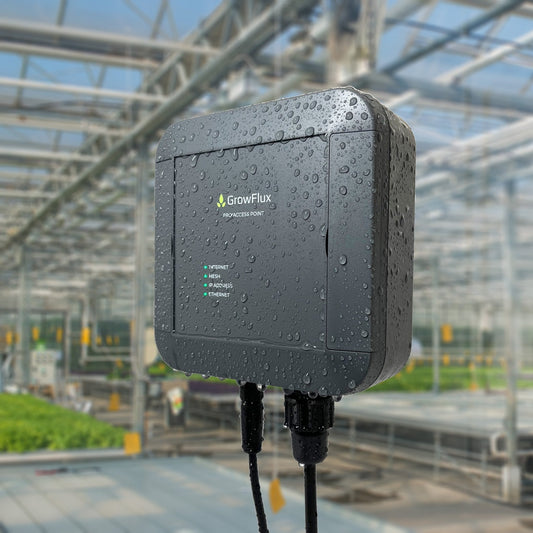GrowFlux Blog

ICBC Berlin 2023
If you are attending ICBC in Berlin this week, make sure to stop by the Philips Horticulture LED Solutions booth at 273 to see our controls in action on their amazing grow...
ICBC Berlin 2023
If you are attending ICBC in Berlin this week, make sure to stop by the Philips Horticulture LED Solutions booth at 273 to see our controls in action on their amazing grow...

GreenTech 2023
The warm and sunny weather in Amsterdam was an excellent backdrop for this year’s GreenTech conference. It brought together horticulture enthusiasts, researchers, industry professionals, and agricultural experts from around the...
GreenTech 2023
The warm and sunny weather in Amsterdam was an excellent backdrop for this year’s GreenTech conference. It brought together horticulture enthusiasts, researchers, industry professionals, and agricultural experts from around the...

Recap from Indoor Ag-Con 2023
Indoor Ag-Con 2023 has concluded its 10th annual conference in Las Vegas, and (we don't say this lightly) the conference featured the highest density of industry leaders of any CEA conference we...
Recap from Indoor Ag-Con 2023
Indoor Ag-Con 2023 has concluded its 10th annual conference in Las Vegas, and (we don't say this lightly) the conference featured the highest density of industry leaders of any CEA conference we...

Meet GrowFlux at the Resilient Harvests Confere...
GrowFlux CEO Eric Eisele will be leading the panel discussion at Resilient Harvests 2022 in Palm Beach November 1-2. The Resilient Harvests Conference brings together multidisciplinary leaders interested in a...
Meet GrowFlux at the Resilient Harvests Confere...
GrowFlux CEO Eric Eisele will be leading the panel discussion at Resilient Harvests 2022 in Palm Beach November 1-2. The Resilient Harvests Conference brings together multidisciplinary leaders interested in a...

Introducing the Pro Access Point
We're excited to introduce the Pro Access Point in a fully waterproof enclosure. Since introducing our low cost Access Point a few years ago, we have received frequent requests from...
Introducing the Pro Access Point
We're excited to introduce the Pro Access Point in a fully waterproof enclosure. Since introducing our low cost Access Point a few years ago, we have received frequent requests from...
